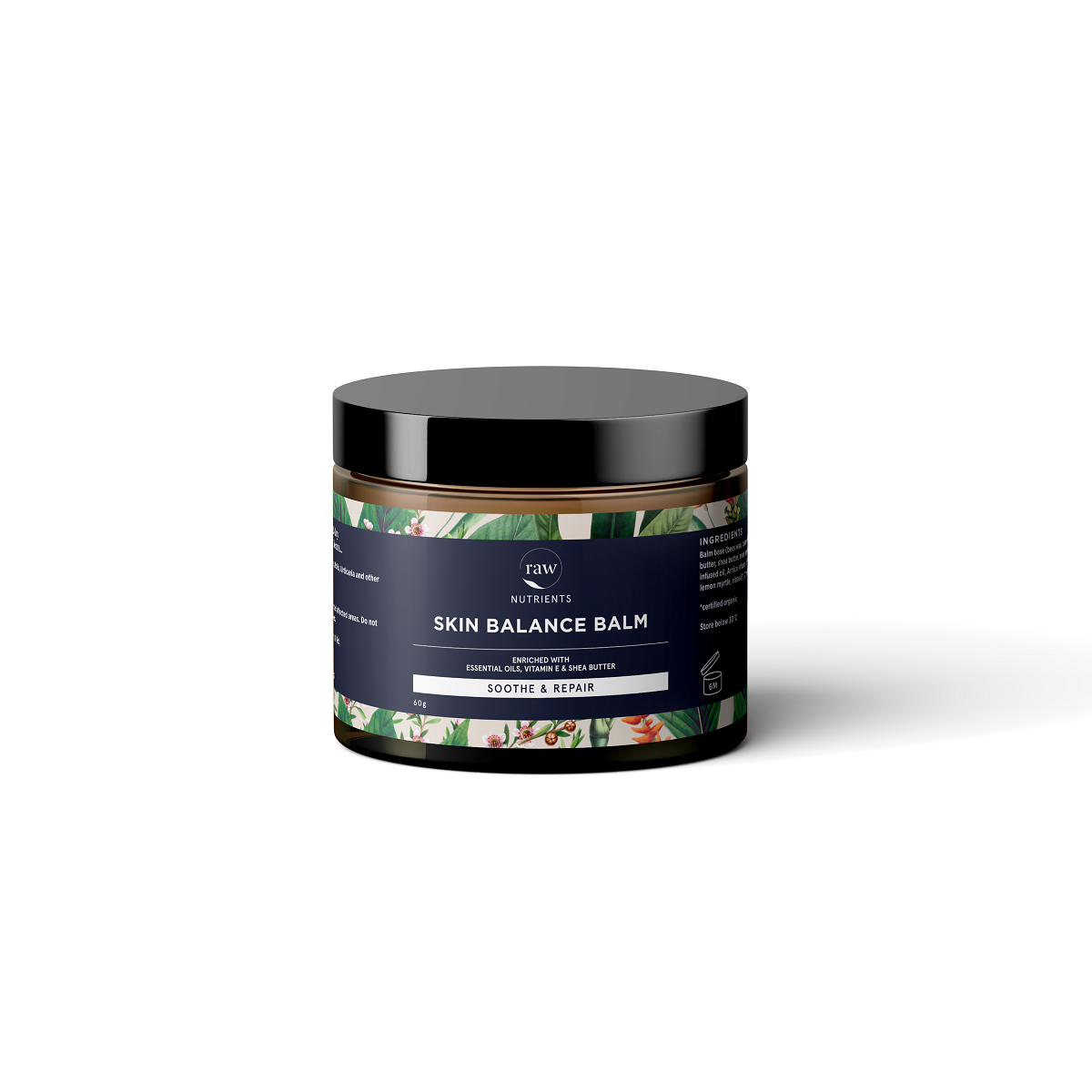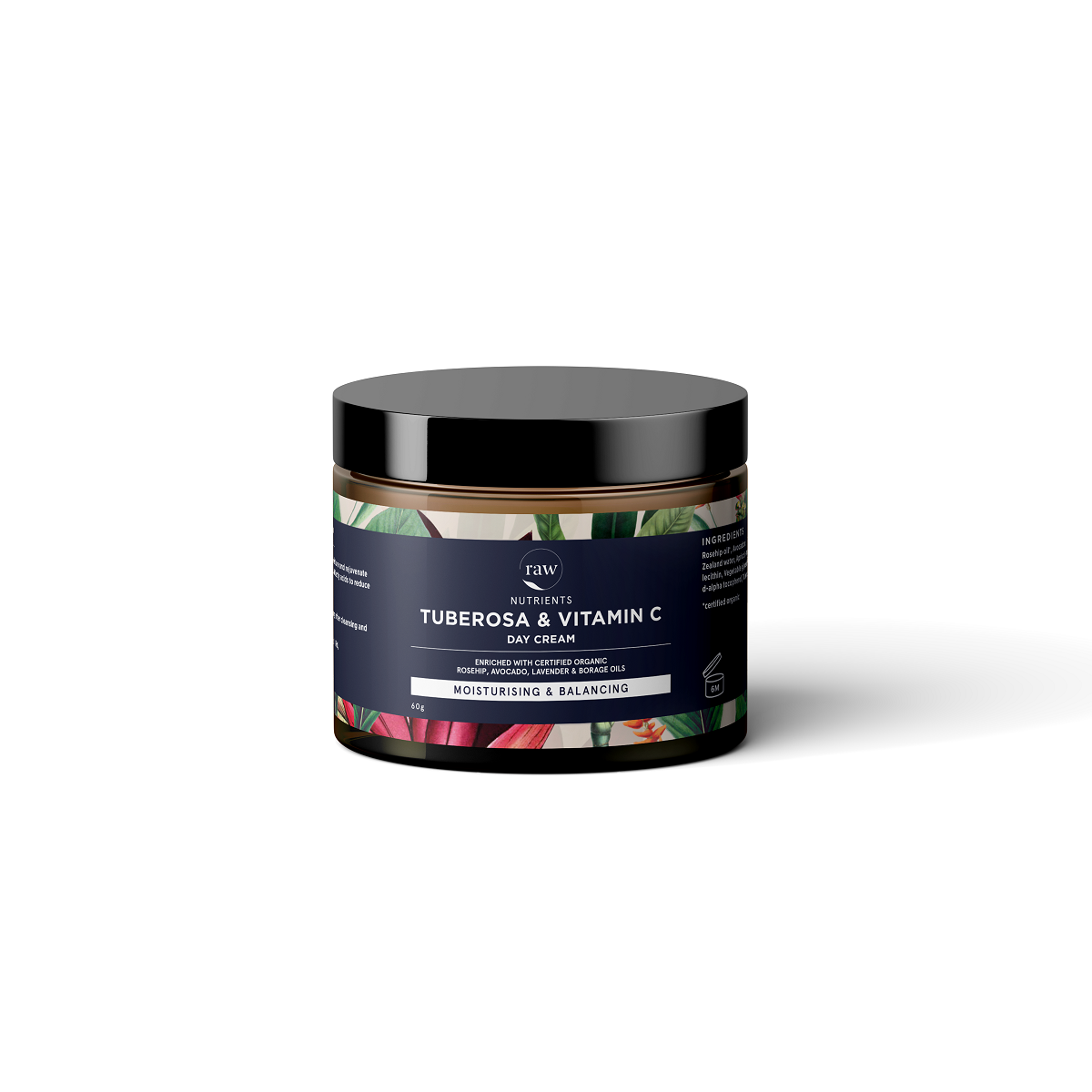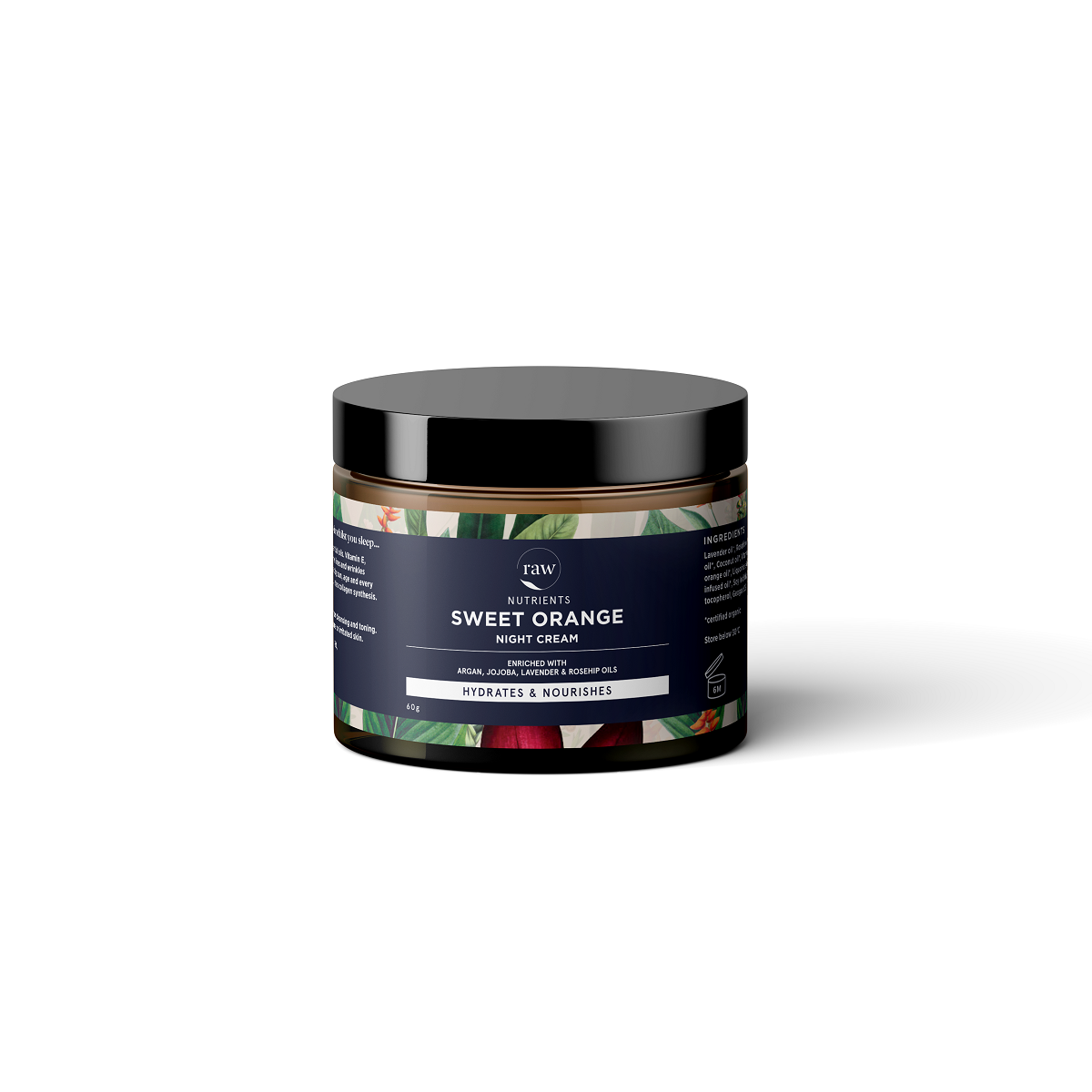-
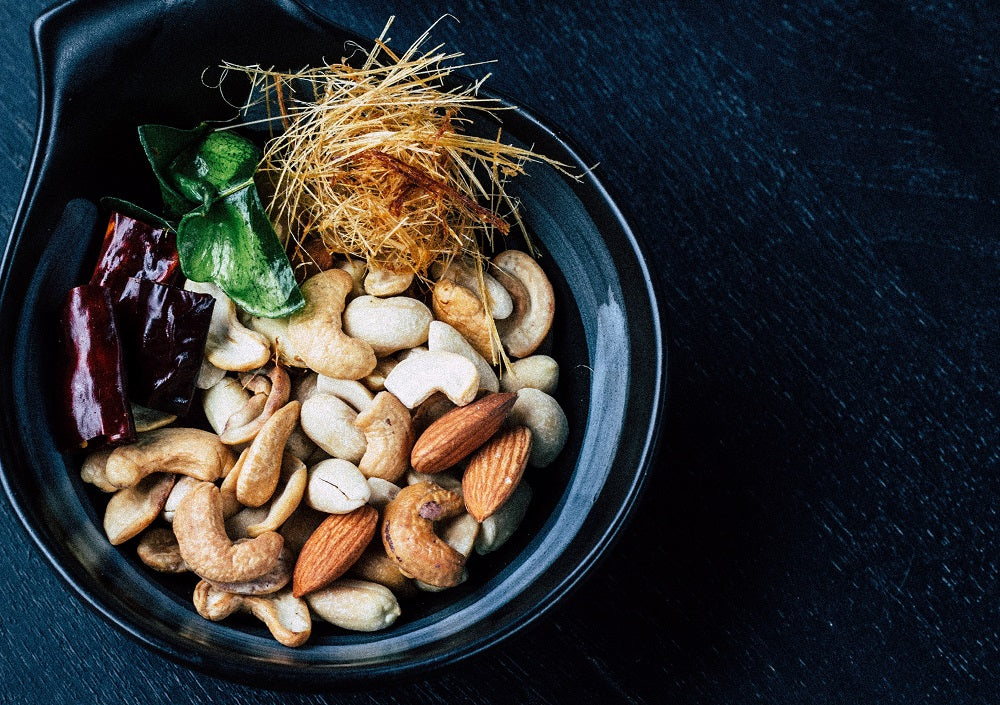
Think about zinc!
Zinc plays many important roles in your body. This essential dietary mineral is involved in metabolism processes, hel...
-

Magnesium; Are We Consuming Enough?
There is widespread magnesium deficiency, and given the importance of magnesium in the body, it is but essential to r...
-
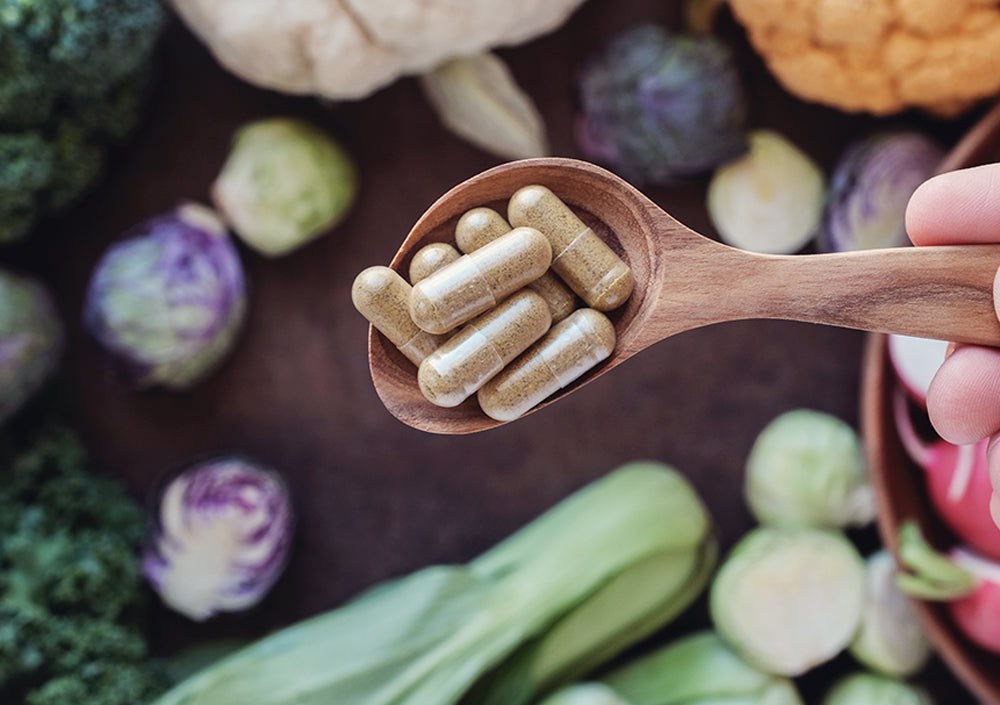
Probiotics; When & how do they work best?
Your gastrointestinal system comprises different microorganisms. The gut bacteria play a vital role in the health and...
-
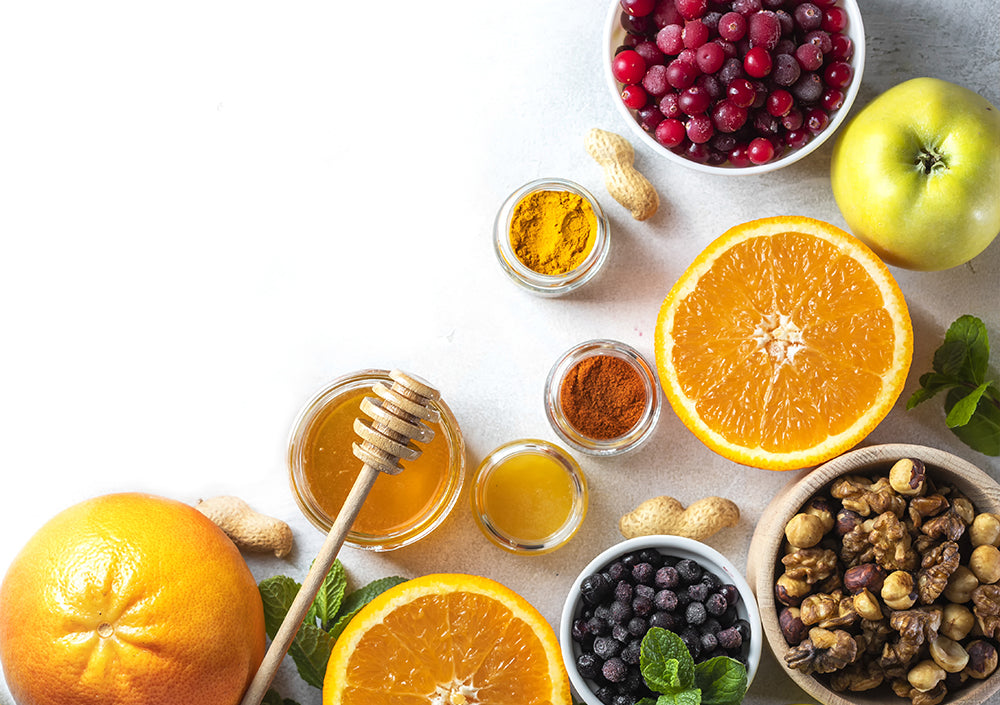
Vitamin C; How does it benefit wellness?
Vitamin C has gained popularity as an antioxidant. However, research claims that it can act as both an antioxidant an...

Common Fillers and Excipients in Supplements
There is a surplus of supplements on the market. While you take supplements for their much advertised nutritional value, several fillers and excipients are used to enhance taste and improve binding, lubricity, and floawability, among others. Unfortunately, not all excipents are mentioned on the labels. According to the American Pharmaceutical Review, an excipient has no medicinal value. These are often dubbed as hidden dangers in supplements.[i] However, not all excipients are dangerous if consumed in moderation.
Why are Fillers/ Excipients Added
Touted to be a crucial part of supplement manufacturing, excipients are the glue used to bind and stabilize a supplement and facilitate physiological absorption of the drug. In medicines, excipients are beneficial for coloring, preservation, emulsification, flavoring, sweetening, stabilizing, or thickening.
Some of the most common fillers and excipients include:
Fillers
Used as bulking agents, fillers add substance to supplements to fill the size of a capsule or tablet. Further, the addition of fillers makes it easier for people to consume small active ingredients present in the drug or supplement. Starch, sugars, salt, and calcium are common fillers.
Without fillers, a capsule might appear completely empty. Therefore, supplement manufacturers tend to use fillers to add substance to the drug.
Binding agents
Also known as binders, binding agents are added to hold ingredients in supplements, tablets, and capsules together. Without binders, there is a risk of supplements chipping, cracking, breaking, or crumbling apart.
Additionally, most binders are derivatives of sugar and are included to add volume, especially to low active dose supplements. However, some binders use cellulose. A plant derivative, cellulose is non-digestible fiber.
Gum Arabic or acacia gum is the most commonly used binder or stabilizer. It is sourced from the sap of acacia.
Flow enhancers and lubricants are forms of binders that keep ingredients from clumping and sticking during manufacturing of supplements. Flow agents ensure the smooth and efficient movement of capsules, preventing things from sticking to the equipment during the manufacturing process, resulting in quality control.
Additionally, flow enhancers act as densifiers and ensure that only the right amount of active ingredients finds their way into each capsule. Densifiers help particles stick together, so that each capsule is of the same size.
One of the most popular flow agents is magnesium stearate. It has excellent lubrication properties and ensures easier swallowing of pills.
Coatings and glazes
Coating is used on tablets to protect exposure to moisture or heat. It may also help protect the supplement from being destroyed by the stomach acid until it reaches the small intestine, which is less acidic. It is in the small intestine that most nutrient absorption takes place.
Wax and gelatin are the common coatings and glazes used to make capsules easier to swallow. Some plant fibers, including plasticizers and starch, are used as glazers to hold supplements together and facilitate swallowing.
Preservatives
Preservatives are used in supplements to extend their shelf life. Some preservatives may also protect the drug or supplement from unwanted bacterial, fungal infections and microorganisms.
Colors
Colors are added to enhance visual appeal.
Flavors and sweeteners
As their name suggests, flavors and sweeteners are taste enhancers. They are most commonly added in chewable and liquid supplements.
List of Common Fillers and Excipients
Cellulose
The most commonly used binding and coating agent, cellulose occurs in the cell walls of plants. Since it is a completely plant-based ingredient, it is often added to bulk up vegetarian and vegan supplements. Cellulose takes up a lot of space and does not add any calories. It is a form of dietary fiber and our bodies lack the enzyme required for the absorption of cellulose.
Gelatin
Primarily used as a coating and binding agent, gelatin is an animal product made from the bones of pigs and cows. It is a flavorless, colorless ingredient that could pose a risk of anaphylaxis, renal failure, and cause coagulation impairment. Consumption of high levels of gelatin may cause heaviness, bloating, and gastrointestinal distress.[ii]
Stearic acid
The fatty acid is naturally found in egg, meat, butter, and chocolate. It is known for its lubricating qualities and generally considered safe for human consumption.
Magnesium stearate
Magnesium stearate is used as an additive and flow enhancer in capsules. It is formulated by blending magnesium with stearic acid. Research finds that magnesium stearate may trigger an allergic response.[iii]
Silicon Dioxide
Used primarily as an anti-caking agent, silicon dioxide is a flow enhancer that absorbs moisture and prevents ingredients from clumping together. It is considered safe for human use.
Carrageenan
A vegan thickener sourced from red seaweed, Carrageenan is a food additive that may cause gastrointestinal distress and inflammation.
Potassium Sorbate
Another food additive, potassium sorbate is manufactured synthetically and may cause allergic reaction in some people. In some studies, it has been shown to mess with the DNA.[iv]
Some people may experience nausea and indigestion.
Titanium dioxide
A common excipient, titanium dioxide is used as a whitening agent in supplements. Research suggests extreme caution over the use of the food additive that might possibly have carcinogenic effects.[v]
Artificial Colors and Flavors
Food colors and dyes are approved by FDA as food additives but they must be used with caution.
Although not all fillers and excipients are dangerous to human body, there is not much need for these ingredients to be mixed with supplements either. However, it is a good idea to check the Other Ingredients listed on supplements to see what has gone in.
References
[i] Abrantes, C.G.1., Duarte, D.1., Reis, C.P.2. (2016). An Overview of Pharmaceutical Excipients: Safe or Not Safe? Journal of Pharmaceutical Sciences .doi: 10.1016/j.xphs.2016.03.019. Epub 2016 Jun 1.
[ii] Moeller, C.1., (2016). How safe is gelatin? A systematic review and meta-analysis of gelatin-containing plasma expanders vs crystalloids and albumin.Journal of Critical Care. doi: 10.1016/j.jcrc.2016.04.011. Epub 2016 Apr 23.
[iii] Tammaro, A., (2012). Magnesium stearate: an underestimated allergen. Journal of Biological regulators and Homoestatic Agents. ;26(4):783-4.
[iv] Mamur, S.1., (2010). Does potassium sorbate induce genotoxic or mutagenic effects in lymphocytes? Toxicology in Vitro: An International Journal Published in Association with BIBRA. doi: 10.1016/j.tiv.2009.12.021. Epub 2009 Dec 29.
[v] Skocaj, M., et.al. (2011). Titanium dioxide in our everyday life; is it safe?. Radiology and oncology, 45(4), 227–247. doi:10.2478/v10019-011-0037-0
You might be interested in...
Raw Resources
Read About the Science Behind the Supplements

